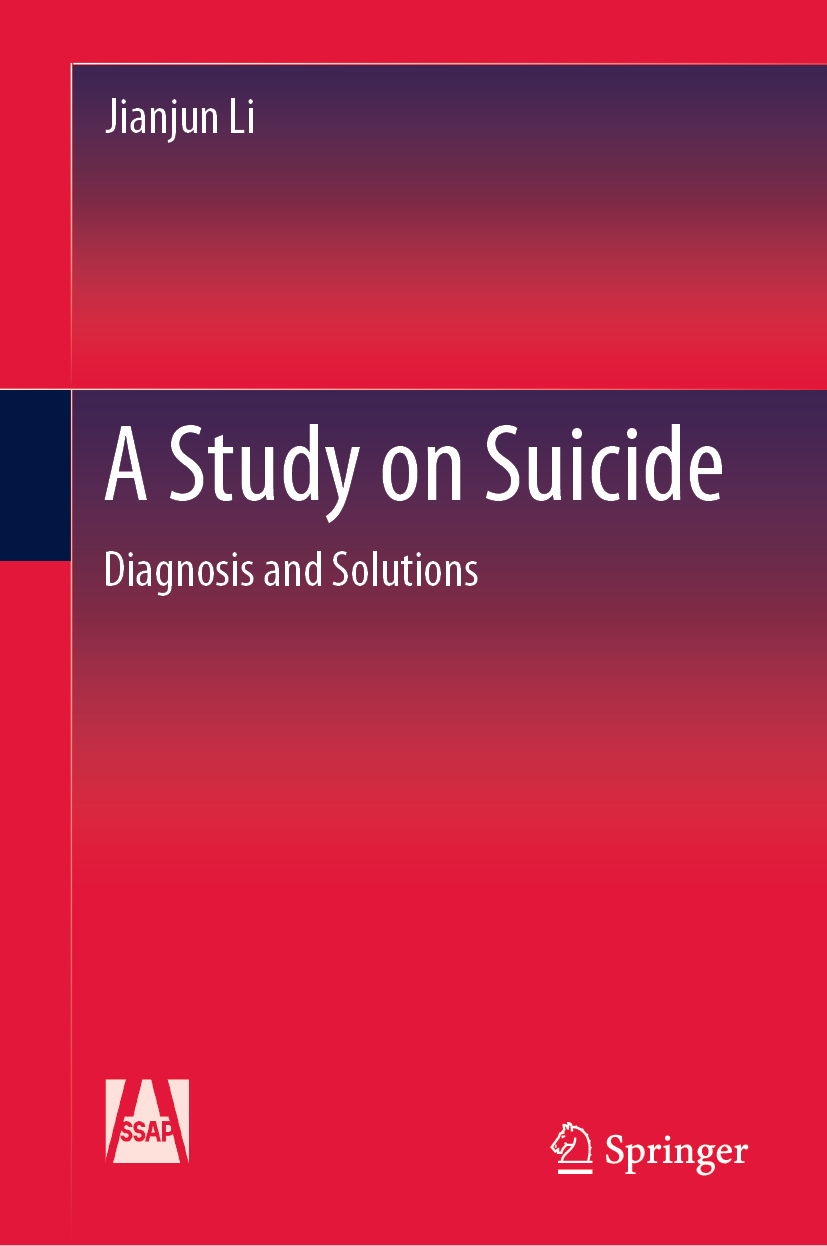Jianjun Li
Guizhou University, Guiyang, China
ISBN 978-981-13-9497-3 e-ISBN 978-981-13-9499-7
https://doi.org/10.1007/978-981-13-9499-7
Jointly published with Social Sciences Academic Press
The print edition is not for sale in Mainland of China. Customers from Mainland of China please order the print book from: Social Sciences Academic Press.
Social Sciences Academic Press 2020
This work is subject to copyright. All rights are reserved by the Publishers, whether the whole or part of the material is concerned, specifically the rights of translation, reprinting, reuse of illustrations, recitation, broadcasting, reproduction on microfilms or in any other physical way, and transmission or information storage and retrieval, electronic adaptation, computer software, or by similar or dissimilar methodology now known or hereafter developed.
The use of general descriptive names, registered names, trademarks, service marks, etc. in this publication does not imply, even in the absence of a specific statement, that such names are exempt from the relevant protective laws and regulations and therefore free for general use.
The publishers, the authors, and the editors are safe to assume that the advice and information in this book are believed to be true and accurate at the date of publication. Neither the publishers nor the authors or the editors give a warranty, express or implied, with respect to the material contained herein or for any errors or omissions that may have been made. The publishers remain neutral with regard to jurisdictional claims in published maps and institutional affiliations.
This Springer imprint is published by the registered company Springer Nature Singapore Pte Ltd.
The registered company address is: 152 Beach Road, #21-01/04 Gateway East, Singapore 189721, Singapore
IntroductionSuicide: A Grave Social and Public Health Issue
Suicide is a grave social and public health issue. Data released by the World Health Organization (WHO) in May 2005 shows that suicide was the leading cause of accidental death. Each year, over a million people around the globe die from suicide, while the number of those who attempt suicide may be 1020 times that. This means that on average, a person dies from suicide every 40 s, and there is a suicide attempt every three seconds. The number of those who die by their own hands exceeds even the death toll of armed conflicts or traffic accidents around the globe. In 2001, the number of those who died from suicide was far higher than the numbers of those who died from homicide (500,000) and in armed conflicts (230,000).
Suicide is among the top ten causes of death in most countries with relevant data available. It was also among the top three causes of death for youth.
Suicide was a fairly grave problem in China. Data shared at the inaugural National Crisis Intervention and Suicide Prevention Seminar held in November 1992 in Nanjing showed that each year, 140,000160,000 persons die from suicide in the Chinese mainland, approximately 400 persons per day on average, and the number of people attempting suicide is usually estimated to be ten times this figure. The death toll is far higher than the number of deaths caused by traffic accidents. According to the annual World Health Statistics released by the WHO, in 1989, the suicide rate in the Chinese mainland stood at 17.07 per 100,000 individuals, with the number of those dead from suicide standing at 190,000 to 210,000. This figure accounted for 30% of the total number of suicidal deaths worldwide.Clearly, the 1999 figures were the most updated data from the Chinese government.
In absolute terms, Chinas suicide numbers rank at the top of the world. Each year, around 42% of all deaths from suicide worldwide occur in China, which is home to 25% of the worlds population.It is worth noting that suicides among those in the 514 age group account for 1.02% of all suicides.
The higher rates of suicide among youths have a significant impact on the years of potential life lost (YPLL) in China. According to a report from the Ministry of Health to the WHO, in 1998, suicide was the top cause of death among 1534-year-olds in China. In particular, the suicide rate in the 1524 age group stood at 10.63 per 100,000 individuals and 22.41 per 100,000 individuals in the 25-to-34-year-old group.
At the Third National Conference on Mental Health Work held in October 2001, then Deputy Health Minister Yin Dakui stated: Each year, around 250,000 people in China die as a result of suicide. It is estimated that more than two million attempt suicide. Numbers show that of the 370 million people under 17 in China, around 30 million suffer from emotional, mental or behavioral problems by the year 2020, Chinas mental health burden will increase to a quarter of the overall national health burden.
Beijing Huilongguan Hospital released results of a seven-year study at the inaugural International Seminar on Suicide Prevention organized by the Beijing Suicide Research and Prevention Center between December 3 and December 9, 2002. The results showed Chinas average annual suicide rate to be 23.0 per 100,000 individuals (2.3 times the global average of 10.0 per 100,000 individuals), with an average of 287,000 deaths from suicide each year. Suicide had become the fifth cause of death for the Chinese population, and the top cause of death in the 1534 age group, accounting for 19% of all deaths in this group.Internationally, countries with suicide rates greater than 20.0 per 100,000 individuals are known as high suicide rate countries, and China is one of them.
Data on suicide attempts around China is not available for the time being. Assuming suicidal deaths to suicide attempts ratio of 12, that would put the number of suicide attempts in China each year in the millions.
The suicide rate among Chinese women was the highest in the world. It stood at 20.40 per 100,000 individuals in 1987 (14.90 per 100,000 individuals for men), 19.50 per 100,000 individuals in 1988 (15.00 per 100,000 individuals for men),
In 1994, the suicide rate among women in rural China stood at 30.54 per 100,000 individuals (compared to 23.67 per 100,000 individuals for men in rural areas) while in the cities, the suicide rate was 7.03 per 100,000 individuals (compared to 6.45 per 100,000 individuals for men in the cities).
Suicide rates are significantly higher among women than men in China. This is a phenomenon unique to China. Suicide among Chinese women has become a significant social problem.As drastic social transformation continues, so will the increase in suicide rate, which will have significant negative impact on society.
At the WHO/Beijing High-Level Seminar on Mental Health held in Beijing in 1999, experts clearly stated that the prevention of suicide was one of the top three issues in mental health that China must tackle at that time.
Today, suicide research has yet to become a stand-alone academic discipline. It is generally believed that such research is but a small branch of social research. Few people in China are aware still less approve of suicidology, which is already quite developed in the West. In our opinion, suicides in China have distinct features, even though they also share similarities with those in other countries. Chinas experience with the prevention and control of suicides also shows some distinctive features.












